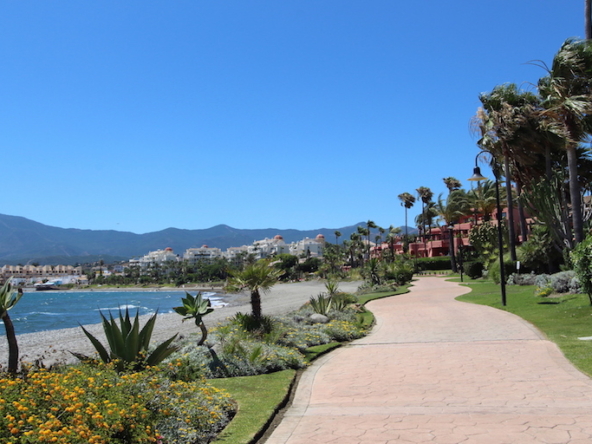The Spanish property market, particularly in Marbella and the Costa del Sol region, has been witnessing robust year-on-year price increases since the end of the pandemic. Fueled by the growing demand for properties near the sea, ideal for remote working, and focused on lifestyle, the market has been attracting both local and international buyers. This blog explores the latest trends in Marbella’s real estate market, including price increases, the shift in buyer preferences, controlled growth, and the town’s sustainable development plan.
- Rising Property Prices in Marbella: According to Spanish government data, property prices in Andalucía, home to Marbella, surged by 8.9% in 2022. The upward trend has continued into 2023, with a year-on-year rise of 9.5% in Andalucía and an impressive 15% in Malaga province, which includes Marbella. Notably, the top-end areas such as the Golden Mile and Sierra Blanca witnessed annual increases of 25% and 32%, respectively.
- Changing Buyer Preferences: With interest rates rising, the demand for villas above one million euros has softened. However, this has led to a surge in interest for luxury apartments, penthouses, and townhouses in the 500,000-to-one-million-euro range. Refurbished properties in the Marbella area have seen a steady influx of buyers, driving prices higher.
- Steady Growth in Quieter Areas: While headline-grabbing areas experience significant price increases, quieter regions like San Pedro and Elvira/Cabopino are seeing more moderate and steady growth. These areas offer better value for buyers seeking lower square-meter prices, ample space, and serene environments surrounded by nature.
- Controlled Market Evolution: Unlike previous cycles, the current real estate sector is experiencing controlled growth. Although the number of real estate transactions is comparable to 15 years ago, the number of mortgages has significantly decreased. Many properties are now being bought with cash, keeping mortgage debt at sensible levels.
- Sustainable Future for Marbella Real Estate: The impending approval of Marbella’s new master town plan, known as the PGOM, promises sustainable development for the city and its surroundings over the coming decades. Emphasizing a “garden city” concept and promoting a “15-minute city” model, the plan aims to provide residents with essential services within a short walking distance.
- International Appeal and Tourism Boom: Marbella continues to attract a cosmopolitan crowd and remains a popular luxury holiday destination. With a diverse population of 30% from outside Spain, international buyers from Northern European countries are flocking to Marbella, drawn by its quality of life, amenities, and proximity to major tech sector employers in Malaga.
Estepona is now witnessing a significant surge in popularity. Its proximity to Marbella and the Costa del Sol’s allure has attracted attention from both domestic and international buyers. The region’s continuous growth and development have made it an increasingly desirable location for property investment.
Currently we see Estepona (The New Golden Mile and part of the Golden Triangle Marbella-Benahavis-Estepona) emerging as a promising choice for property investment. With the region’s rising popularity, continuous development, and optimistic future plans, Estepona offers a secure and prosperous outlook for both investors and those looking to settle in a vibrant and beautiful part of Spain’s Costa del Sol.
Conclusion: The real estate market around Marbella, Spain, is currently witnessing strong growth and attracting global attention. With controlled price increases, a diverse range of property options, and a focus on sustainable development, Marbella promises a bright and attractive future for both investors and residents alike. Its unique blend of cosmopolitan appeal and sunny lifestyle continues to captivate international audiences, making it a highly sought-after destination in Southern Spain.





